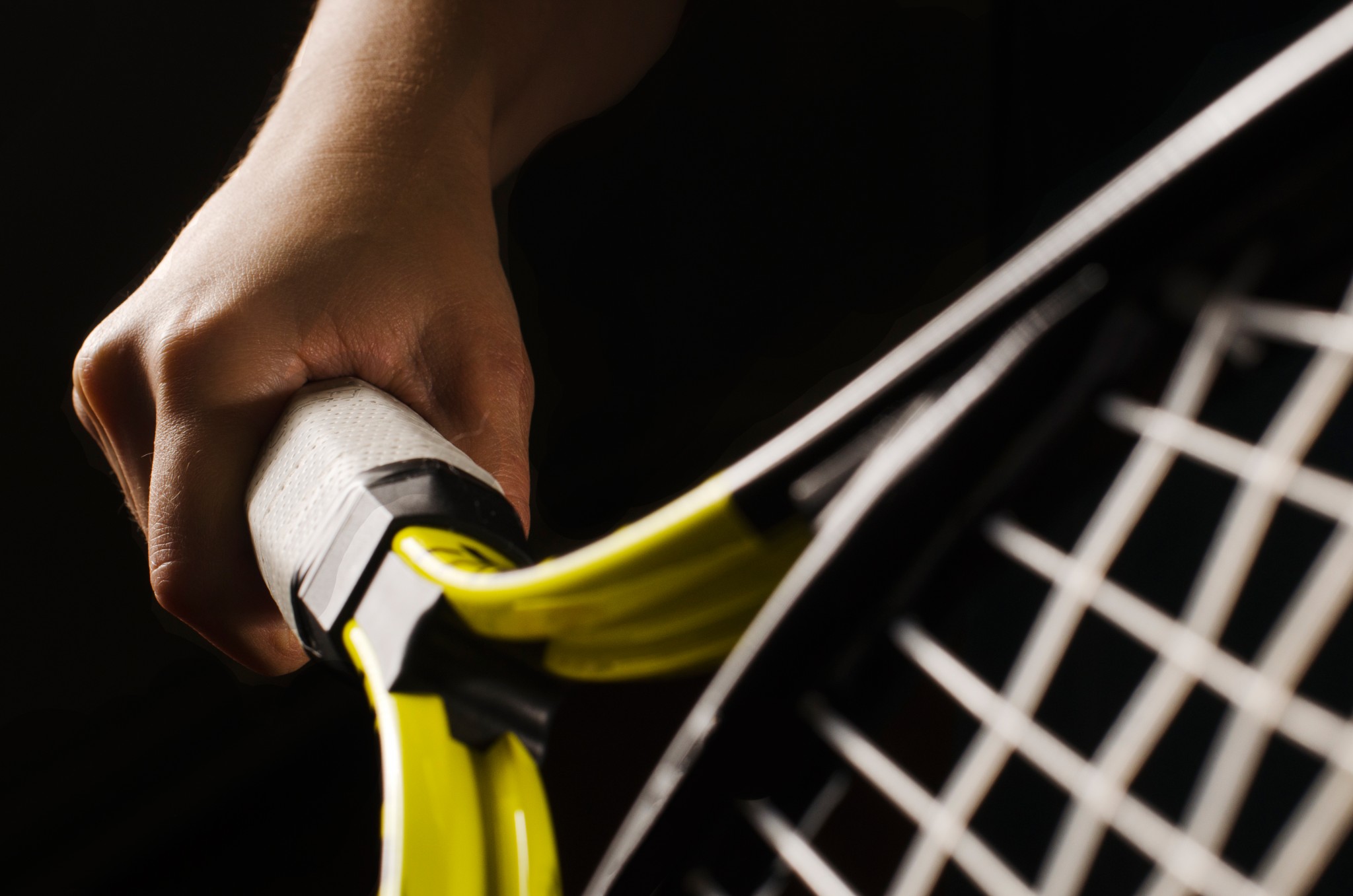Oracle founder Larry Ellison bought a tennis tournament and a tennis garden. Targeting millions toward facilities and prize money, he said it was time for the sport to have a comeback.
Where are we going? To the externalities his purchase created.
The Ellison Purchase
In 2009 Ellison acquired the Indian Wells tennis tournament and facilities for $100 million. Included in the next $100 million he spent was a Hawk-Eye line calling system for every court, stands surrounding the practice court and an extra stadium that seats 8,000 to augment the 16,000 seats he already had. Further establishing the Indian Wells identify as an upscale venue, he added three restaurants and a celebrity venue to attract the rich and the famous (who then attract the not so rich and not so famous).
His most controversial decision was to raise prize money totals to $11 million from $7 million. In the men’s 2012 competition, the top winners got a $400,000 increase. On the female side, the boost was $300,000. Far smaller, first round losers got less than a $1,000 increase.
Just looking at this Indian Wells image, we can begin to understand why people have started to call it the fifth grand slam (after Australia, Paris, Wimbledon and the U.S. Open).

The Response
Ellison quickly generated an owners’ reaction when he raised the prize money. While the Women’s Tennis Association (WTA) approved the increase, the Association of Tennis Professionals (ATP) was first tied, 5 to 5. Initially saying they could not afford an increase, the owners soon acquiesced.
For the players, his pay increase exacerbated inequality. Tennis has always had an inequality problem and now it is worse. In 2013, the sport attracted 8874 men and 4862 women. The problem was that most spent more than they were paid.
As you can see below, at the top, the money is big. (1-50 refers to ranking. Nominal or real is the dollar value.)

Meanwhile among the lower ranked players, at a high of $20,000 or so, annual earnings are not nearly enough to cover travel, hotels, food, clothing, laundry and restringing,

With Ellison’s injection of more prize money, the gap only gets bigger.
Our Bottom Line: Externalities
Perceiving an externality as a rippling impact, you can see that Larry Ellison is exerting pressure on other tournament owners to pay players more and improve their facilities. Meanwhile, for the players, his approach does little for the lesser ranked players, a crucial group because everyone starts there. Tennis does not want to lose talented individuals as they climb to the top because they cannot afford the process.
Are Ellison’s externalities positive or negative? It depends.






